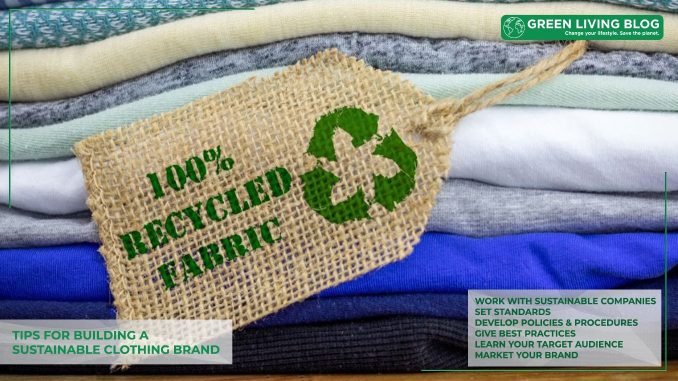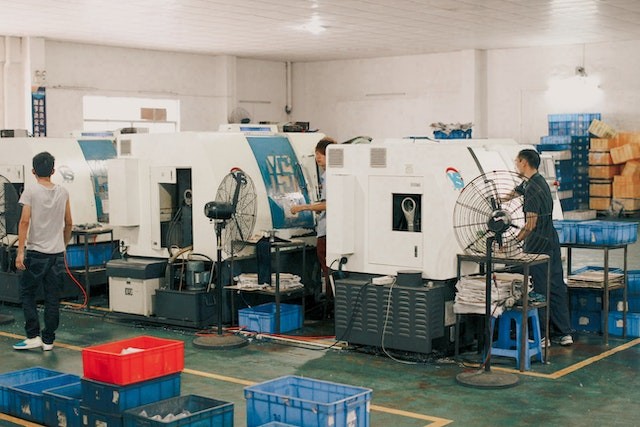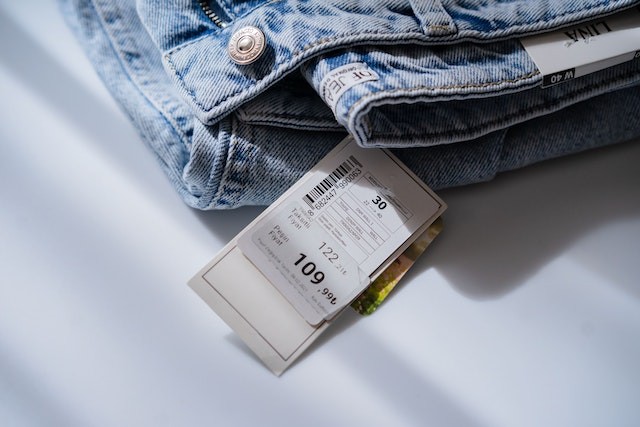
Today, the population is looking for ways to meet their needs without negatively affecting the environment. This is generally referred to as sustainability. Businesses are also taking up the challenge since some customers prefer working with brands that protect the environment. It shows the importance of adopting sustainability as a business.
If you’re a start-up, it’s best to adopt sustainability from the onset. It’ll make you protect the environment and increase your customer base, contributing to your bottom line.
Suppose you want to build a clothing brand. How will you become a sustainable one? This article gives valuable tips to achieve this.
1. Work With Sustainable Companies

Arriving at your final clothing product requires many raw materials. These raw materials must be sustainable to be a legitimate, sustainable clothing brand. For instance, if you want to use cotton, be sure to source organic and not conventional cotton.
Besides raw materials, you might also need additional services like printing and embroidery on your final products. Seek ethical t-shirt printing services for these needs.
How will you confirm your supply chain’s sustainability? Make sure the companies have certificates of being green by the relevant bodies. It’d also help to visit their companies physically to assess their operations.
2. Set Standards

When building a brand, it’s important to set standards that define your brand. In this case, define your sustainability standards.
Start by defining what sustainability is to you—it’ll help you break down your definition into actionable things. For instance, you can say sustainability is having your clothes 98% pure or only producing 10% waste during production.
Once you get the detailed standards, share this with the public on your company website and social media pages. It tells customers what to expect from your clothing brand once they buy them. These standards will also act as performance standards to measure your extent of being sustainable, keeping you on track.
3. Develop Policies And Procedures

Policies and procedures are crucial in any business. They determine how operations run in your company. When building a sustainable clothing brand, it’s important to develop policies and procedures that govern the sustainability aspect of your brand.
Since sustainability goes beyond the production of your clothes, these policies should encompass energy consumption, waste generation, carbon footprint, and others. Under each, develop procedures that’ll ensure you handle each aspect sustainably.
With the list, inform your workers and ensure they understand them. These policies and procedures will guide each worker as they fulfill their responsibilities. By adhering, there’s no way you’ll deviate from being a sustainable clothing brand.
4. Give Best Practices

Sustainability doesn’t and shouldn’t end with production. It should continue even with your clothes in your customers’ hands. With the customer, you’ll achieve sustainability by ensuring the clothes they purchase last long. It’ll minimize waste when a client disposes of the clothes after it gets damaged.
You can ensure this by giving the customers the best practices of each cloth. Best practices entail how to wash the cloth and the dos and don’ts. Be sure to include this on a label on each cloth. With the customers adhering to these practices, the clothes will serve them for a long time, minimizing the need to dispose of them.
5. Learn Your Target Audience

As you aim to be a sustainable clothing brand, you must also make sales. Sustainability is often associated with being boring. It’s said that few people believe you can achieve aesthetics with sustainability. As a business, this is a myth you must conquer to get clients for your clothes.
You can do this by learning your target audience. Suppose you target young female professionals. Your workwear should be trendy and classy while still being sustainable. One way to make clients prefer your brand is to make them look and feel beautiful without interfering with their beliefs. You’ll reach your desired audience and make sales by balancing fashion and sustainability.
It’d help to do a survey where you seek feedback from your target audience about what they believe to be trendy. The answers will guide the clothes to manufacture and the materials to use. You don’t want to end up with dead stock—it’ll be a waste of resources.
6. Market Your Brand

Owning a sustainable clothing brand won’t do you any good if you don’t have clients. You can defeat this by letting the public know about your existence. You can only do this by marketing your brand with PR.
Be as creative as possible with your advertisements to get the visibility you desire for your brand. Also, use channels that your target audience frequents like social media. Be sure to include your location and contacts for potential customers to reach you for your clothes.
Conclusion
Building a sustainable clothing brand is no easy feat if you don’t know what to do. However, this isn’t something you should worry about anymore. The article gives tips you can adopt to help you build a sustainable clothing brand. Consider implementing them for an easy process; you’ll achieve sustainability and your bottom line.
![]()
Author Profile
- Online Media & PR Strategist
- Blogger and Educator by Passion | Senior Online Media & PR Strategist at ClickDo Ltd. | Fascinated to Write Lifestyle Blogs in News & Education I have completed a journalism summer course at the London School of Journalism and manage various blogs.
Latest entries
 LeisureApril 16, 202510 Best Green UK Hotels for Eco-Tourists
LeisureApril 16, 202510 Best Green UK Hotels for Eco-Tourists Best practicesApril 14, 20258 Best Ways to Reduce Your Carbon Footprint
Best practicesApril 14, 20258 Best Ways to Reduce Your Carbon Footprint Green Expert GuidesMarch 28, 2025Lisbon Living: Where Sustainable Charm Meets Urban Energy
Green Expert GuidesMarch 28, 2025Lisbon Living: Where Sustainable Charm Meets Urban Energy EnvironmentJanuary 21, 2025Buying Eco-Friendly Homes: 6 Eco Questions to Ask Your Real Estate Agent
EnvironmentJanuary 21, 2025Buying Eco-Friendly Homes: 6 Eco Questions to Ask Your Real Estate Agent






Leave a Reply
You must be logged in to post a comment.